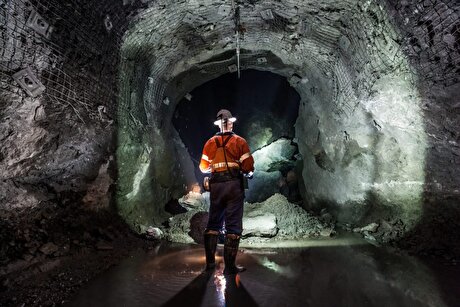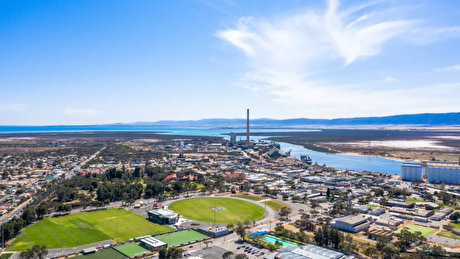
Risk and Resilience Mining Solutions 2016
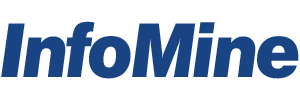
The conference will provide an opportunity for professionals working in, and with, the mining industry to explore risk, tolerance, mitigation approaches, and the robustness and resilience of practices and procedures, designs, operational methods, and mine closure measures and plans. Those involved in engineering designs and operations, environmental controls, worker safety, mine financing, financial assurance, risk communication and management, and regulation of risk in the mining industry are invited to share their experiences and to learn from each other. Keynote presentations, technical papers, and short courses will explore current practices.
Themes
Risk identification and mitigation during site selection, design, construction and operation of mines
- Open pits and strip mines
- Underground mines
- Tailings dams
- Waste dumps and heap leach piles
- Water management and water management structures
Risk identification and mitigation for mine closure and long-term post-closure performance
Risk identification and mitigation of human health and environment
Risk assessment methodologies
- Failure Modes and Effects Analysis (FMEA)
- Pathway-dose-response analyses for human health and the environment
- Probabilistic event tree analyses
- Bayesian or other methods
- Extreme event and long-term degradation assessment
Risk costs, financing and assurance
- Financial risk
- Bonding
- Insurance and long-term risk monitoring
- Maintenance and mitigation plans
Risk management
- Corporate and regulatory governance
- Design standards and review
- Construction and operational quality control and assurance
- Review boards, engineer of record, audits, safety inspections and continuous improvement processes.
This is true for resource estimates, feasibility studies, design, operations, closure, and post-closure. Risk assessment, risk management, and implementation of mitigation measures are ongoing activities throughout all phases of mining. The risks are numerous. Some risks that public and regulatory authorities are increasingly concerned about are safety during operations and closure, such as pit slope and underground stability and failures or tailings dam breaches, and the operational and post-closure releases of substances deleterious to the environment (acid mine drainage, amongst others). The conference covers risk identification and assessment; development of mitigation measures; decision making methods allowing for risk, current practices for minimizing risk, and case histories at all stages of mine life from development through closure and for major mine facilities, and activities including open pits, underground workings, tailings facilities, waste rock dumps, heap leach pads, and water supply and treatment systems. The processes of regulatory and corporate governance are important to risk management and will also be examined. Sound risk management requires means for long-term risk prevention, and recovery from any failures should they occur, and includes monitoring, maintenance, bonding and insurance to achieve operating and long-term robustness and resilience in development, operations and closure plans.
The conference is an opportunity for those involved in mining to examine the basic issues of risk in mining:
- What are the hazards?
- What is the probability of the hazards becoming reality?
- What are the consequences of things going wrong?
- How can you mitigate the chance (make robust) and consequences (make resilient) of risks?
- What risks can you tolerate as the mine owner, engineer, regulator or public?
- What regulation, corporate governance, funding and insurance is required mitigate risk?

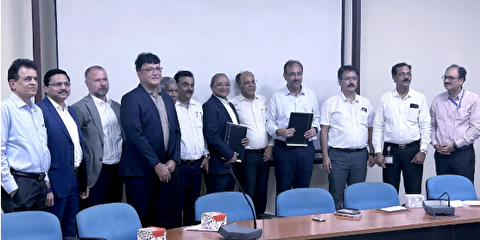
SAIL Bhilai Steel relies on Danieli proprietary technology to expand plate mill portfolio to higher steel grades
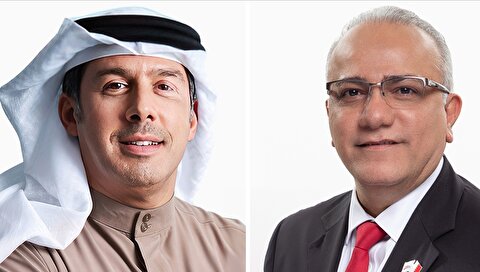
Alba Discloses its Financial Results for the Second Quarter and H1 of 2025
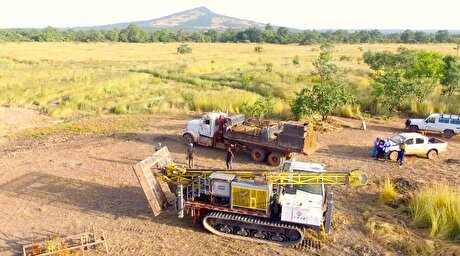
Fortuna rises on improved resource estimate for Senegal gold project
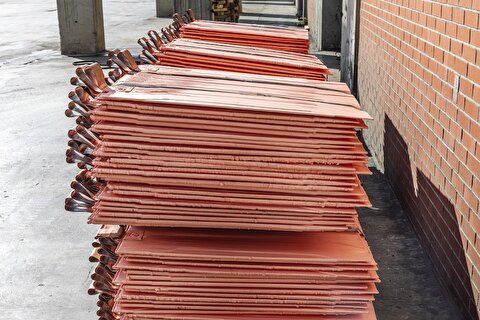
Copper price slips as unwinding of tariff trade boosts LME stockpiles

US slaps tariffs on 1-kg, 100-oz gold bars: Financial Times
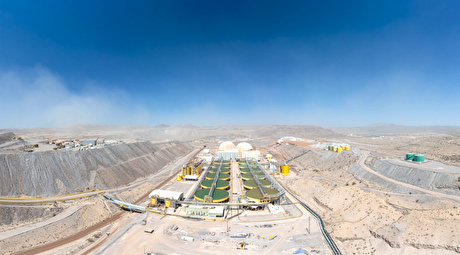
Fresnillo lifts gold forecast on strong first-half surge
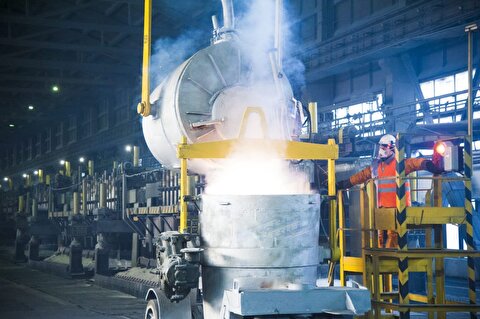
Why did copper escape US tariffs when aluminum did not?
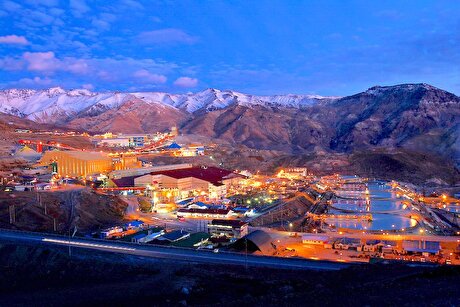
Codelco seeks restart at Chilean copper mine after collapse
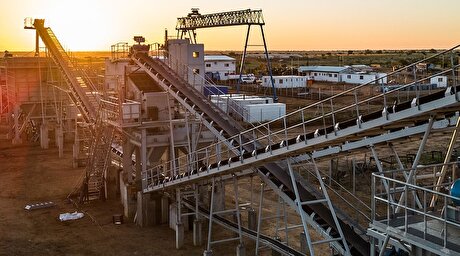
NextSource soars on Mitsubishi Chemical offtake deal
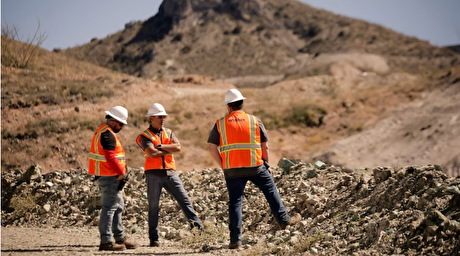
Hudbay snags $600M investment for Arizona copper project
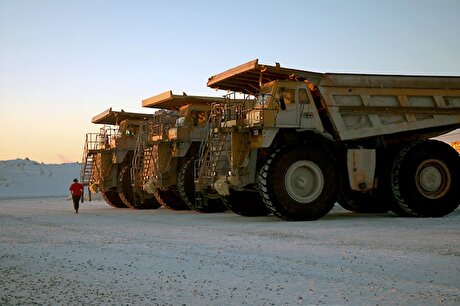
Discovery Silver hits new high on first quarterly results as producer

Trump says gold imports won’t be tariffed in reprieve for market

AI data centers to worsen copper shortage – BNEF
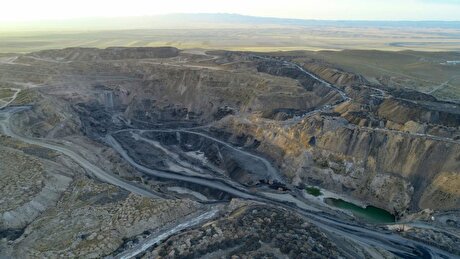
Uzbek gold miner said to eye $20 billion value in dual listing
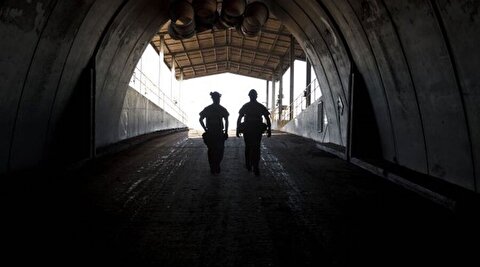
Peabody–Anglo $3.8B coal deal on the brink after mine fire

De Beers strikes first kimberlite field in 30 years
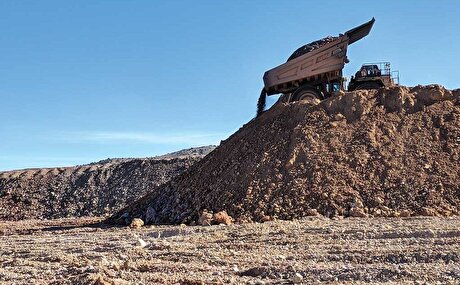
Minera Alamos buys Equinox’s Nevada assets for $115M
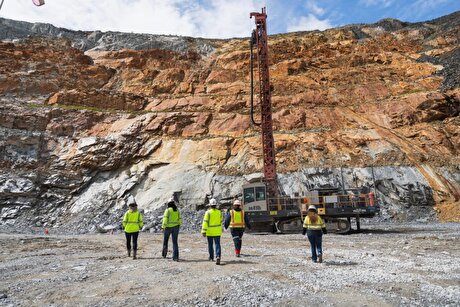
OceanaGold hits new high on strong Q2 results
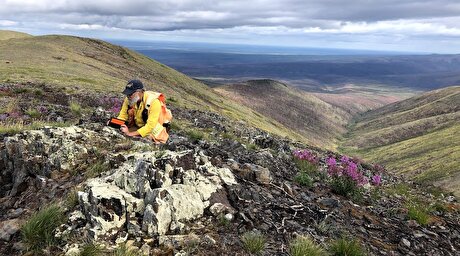
What’s next for the USGS critical mineral list

Hudbay snags $600M investment for Arizona copper project

Discovery Silver hits new high on first quarterly results as producer

Trump says gold imports won’t be tariffed in reprieve for market

AI data centers to worsen copper shortage – BNEF

Peabody–Anglo $3.8B coal deal on the brink after mine fire

De Beers strikes first kimberlite field in 30 years

Minera Alamos buys Equinox’s Nevada assets for $115M

OceanaGold hits new high on strong Q2 results

South Africa looks to join international diamond marketing push
